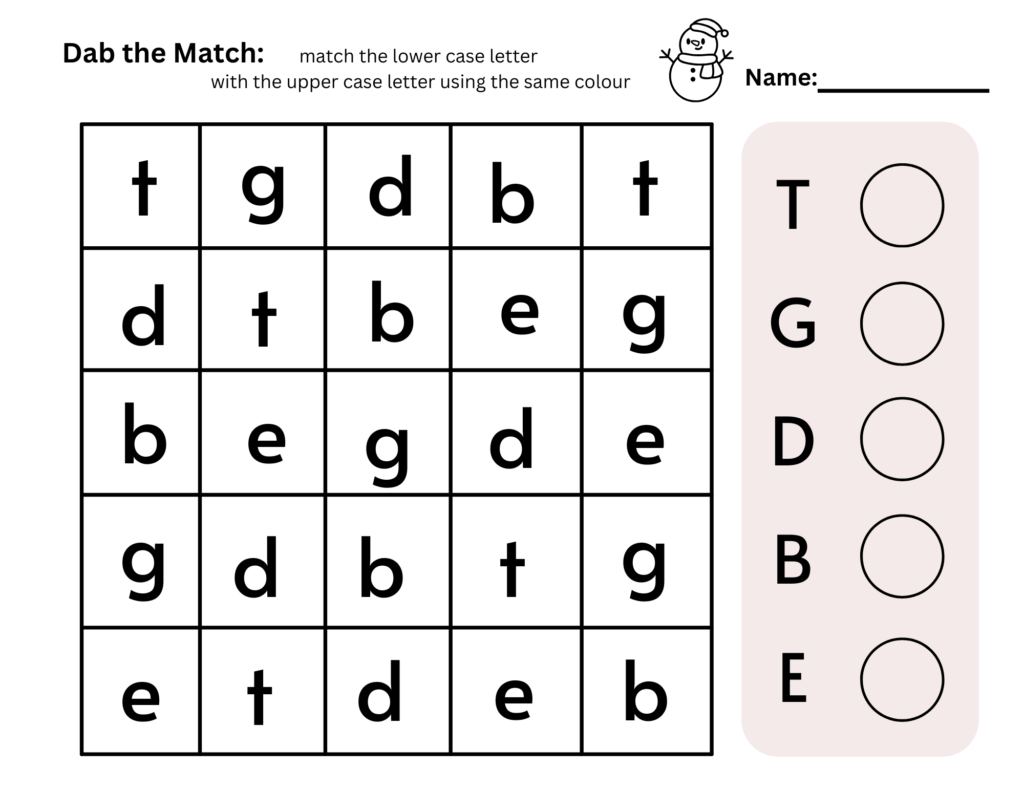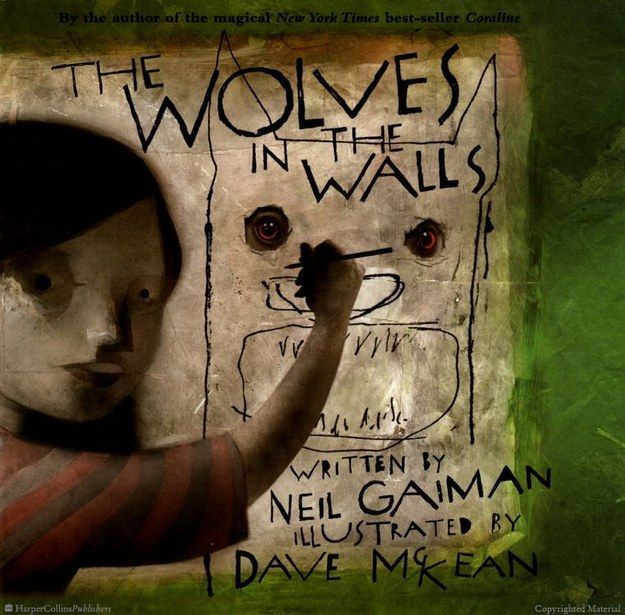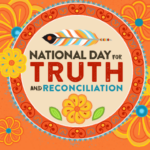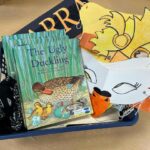What?
There are two experiences at Gordon Terrace Elementary School that I want to focus on for this post:
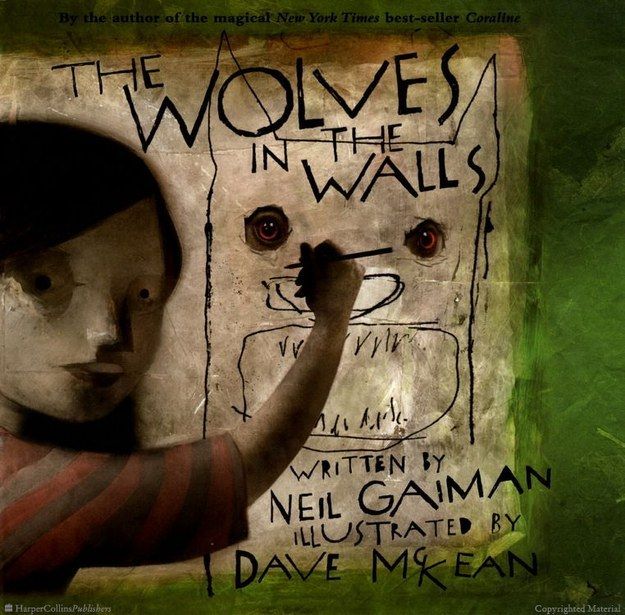
- The virtual reality experience with the grade 5 class using The Wolves in the Walls story.
- The literacy stations with the Kindergarten class
The Wolves in the Walls:
Our objective in going to the class was not only to share the story, but to also introduce the students to the interactive virtual reality game that corresponds with the book. The purpose of this was to help students engage with the literacy component of the story on a deeper level. Just as drama story games help students empathize with the characters by allowing them to ‘walk in their shoes’, this virtual reality game allows the player to go through the story and interact with the main character by progressing through various tasks. Each group of four students was given 2 or 3 VR headsets. Two students played the VR while the other two watched the game on an iPad. We had a set time amount to spend with our group with the expectation that every student would get the same amount of time on the VR. The story was split up into 3 chapters and my initial thought was to put a timer on so that each student would have the same amount of time. It was then advised to allow each student to go through the 3 chapters and then switch with the two who had not yet had a turn. Students take different amounts of time to complete the tasks within the game, so some students got longer turns than others which was unfortunate because the first ones on the VR got an incredibly long turn, while the last ones to go only got 10 minutes.
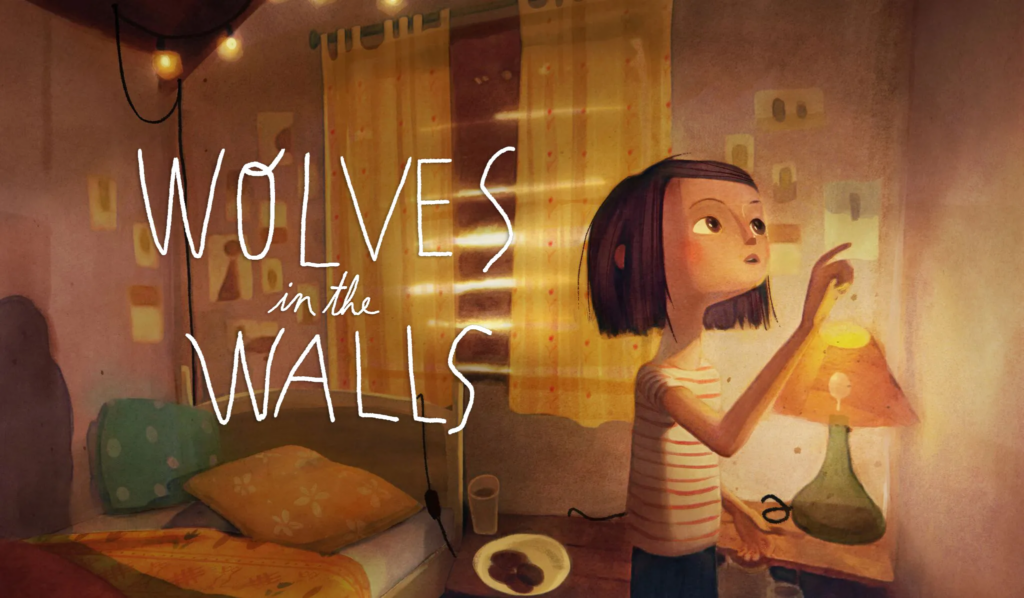
So What? Before we arrived, I was confident that all the students would get the same amount of time on the VR, but as details were explained about how we would split up the turns, I started to feel anxious that some students would not have as much fun because they had to wait so long for their turn. These students on the second turn expressed disappointment that their time had been so short, and I felt disappointed that I wasn’t more familiar with how the game worked so that everyone could have the same opportunity.
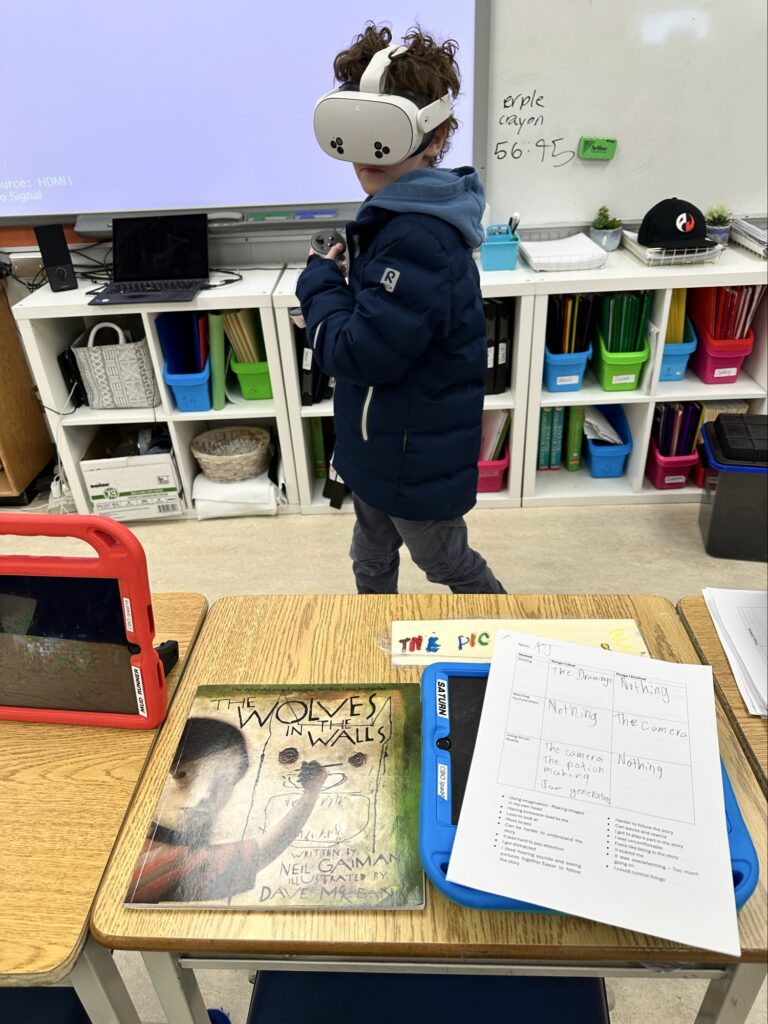
Now What? Hindsight is always 20/20, so the next time I do VR with small groups I would give them 5 minute turns. This way, the students will have equal time and it will not depend on what activities they decide to do within the virtual reality experience. If they want the full experience of completing the entire book, I would offer a time for students to sign up for turns that would be setup in a separate time slot, perhaps in a free choice period. The other thing I would change is to label the VR headsets with the hand controls. There was a bit of time wasted with mismatched headsets and this could have been avoided with proper labelling. Other than that, the students gave feedback that they enjoyed the interactive aspect of the activity. I really saw the value of collaborating with other teachers who specialized in technology to help the class have a good experience. Our instructor collaborated with other teachers to make sure we had a class to work with. This collaboration is directly linked to the UVic teacher competency number 7 that states “practice working collaboratively and collegially as well as independently”. I learned so much about virtual reality and
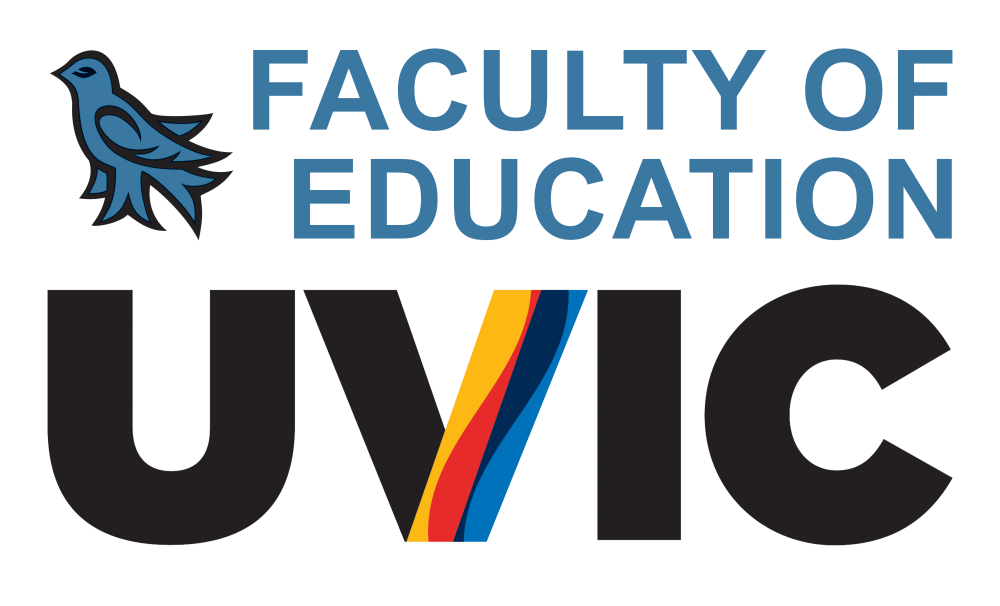
access we have to various technology pieces because of the resource centre director’s expertise. I was grateful for the knowledge that he shared, and for his enthusiasm to help his colleagues at any time. I can definitely see the value in collaborating with my future colleagues so that I can learn from their knowledge and become better in my practice.
Literacy Stations with the Kindergarten class
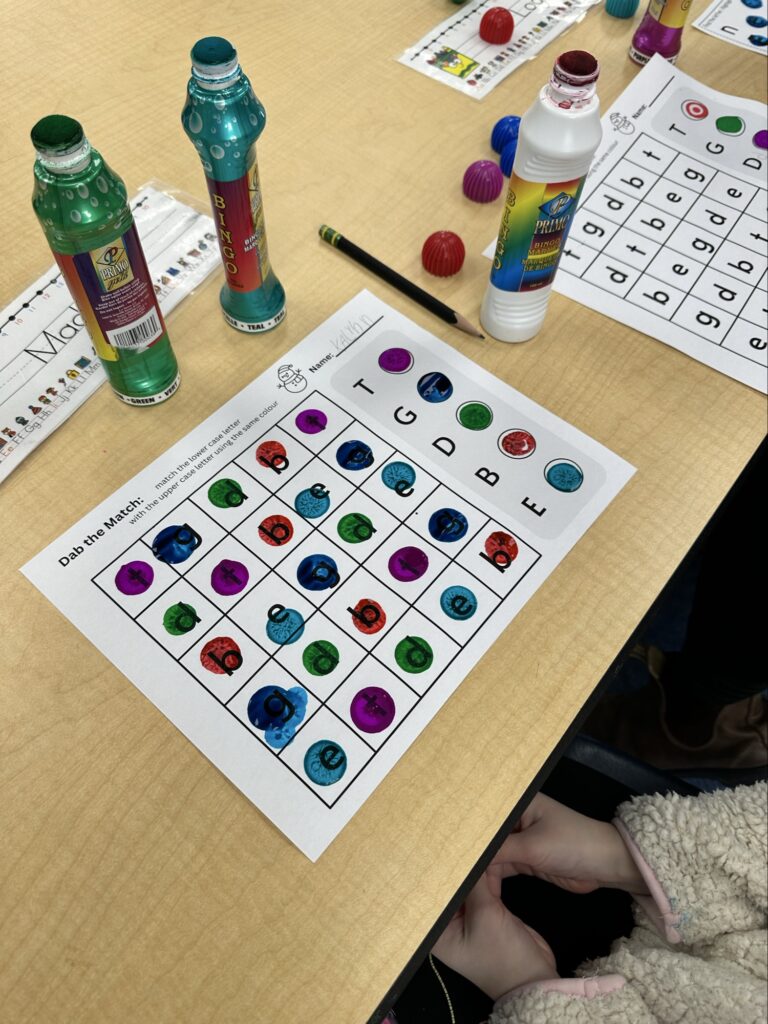
What?
Five of us were placed in a kindergarten class where we spent the first class interacting at literacy stations and observing the UFLI lesson. The second time we went we prepared 5 literacy stations for the students to rotate through for five minutes each. As we prepared for the activity we wanted to engage the students in, we noticed what letters the students had already learned so that we could tailor the activity to their previous knowledge. I chose to do an upper/lowercase matching worksheet that allowed the students to choose bingo dauber colours to match the letters.
So What?
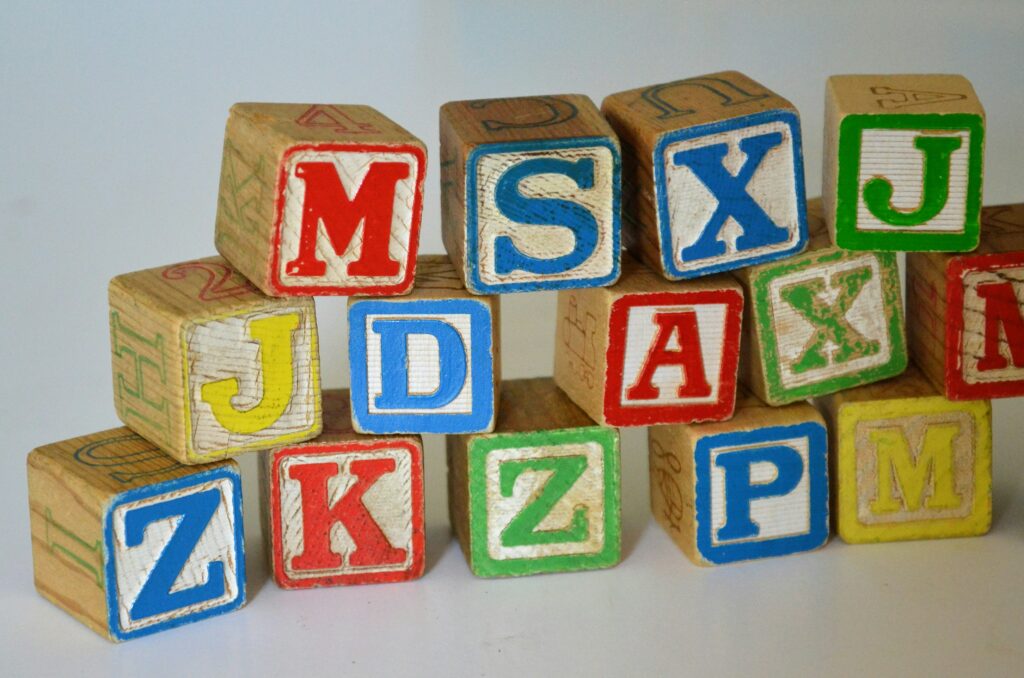
In Sometimes Reading is Hard, Robin Bright explains that learning to read is similar to doing a puzzle. Students must build a foundation for reading that begins with phonemic awareness and phonics knowledge. She shares that these two essential skills enable students of any age to decode words. Recognizing sounds and connecting those sounds with letters enable them to develop phonics knowledge when they connect those sounds and letters to written letters (30, Bright). The UFLI lesson that the teacher taught the kindergarten students focused on letter sounds and letter recognition and thoroughly supports the research of building a foundation of phonemics awareness to help young readers become confident with phonics knowledge.

Now What? As I reflected on the matching bingo dauber worksheet I created, I noticed that some students were able to complete it quickly and others took a bit more time but everyone was able to finish it within the five minute allotment. Some students needed help distinguishing between the lowercase d and b and others were able to decode it independently. I am glad there were additional activities to do for the students that finished quickly, and the activity seemed age and level appropriate. I don’t think there’s anything I would change in the literacy stations. I appreciated that we were given the freedom to choose what activity we would do, and I loved seeing the many creative ways that students can engage with letter and sound recognition to spark their engagement. Moving forward, I will definitely utilize rotating stations as a way to incorporate literacy fluency in my classroom.
